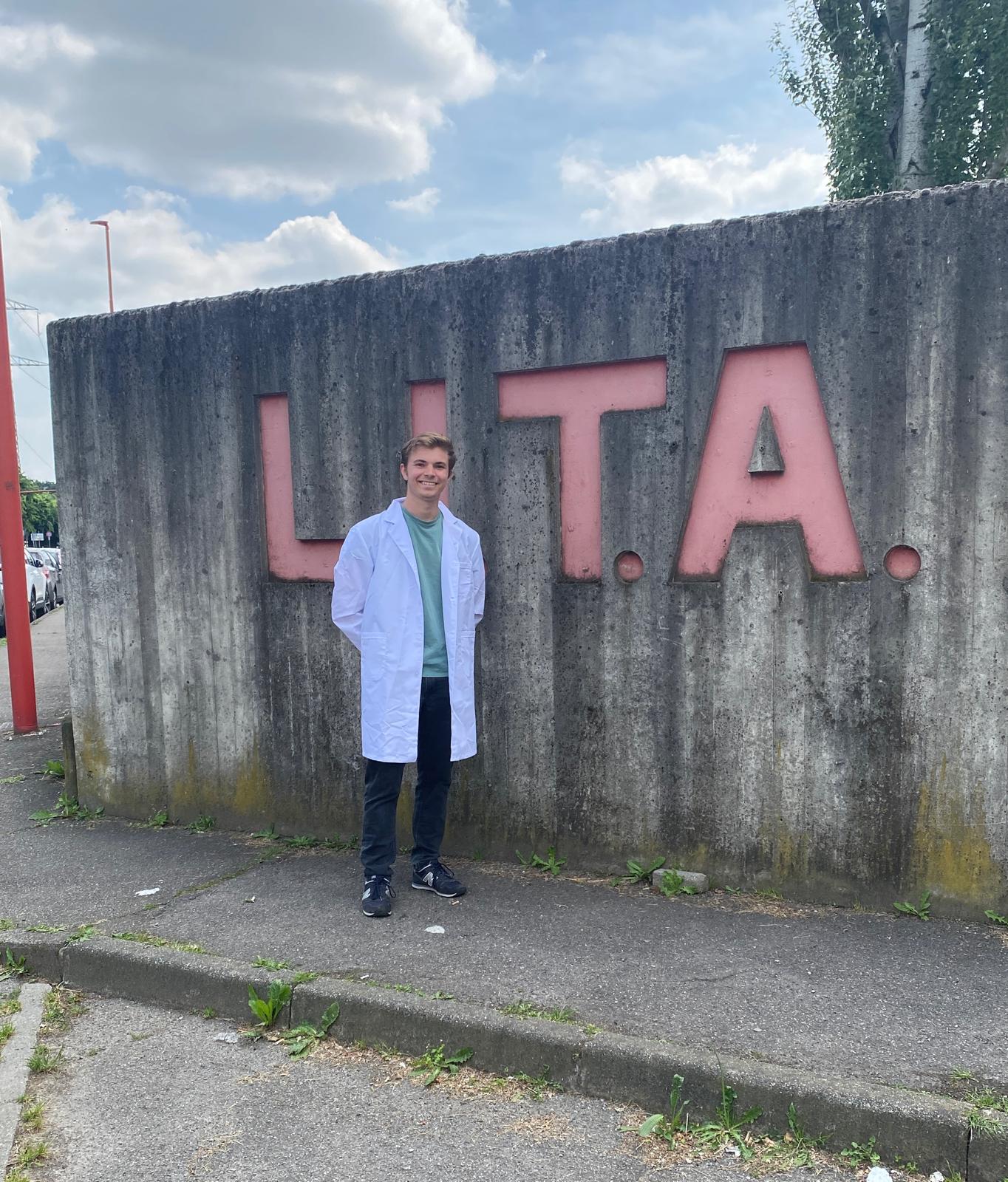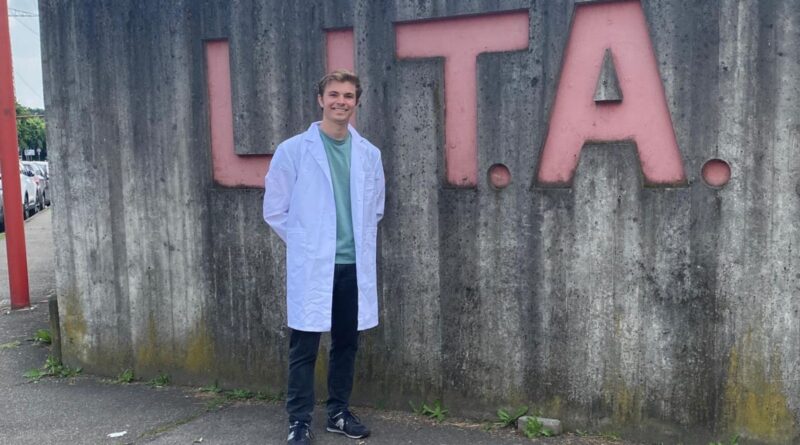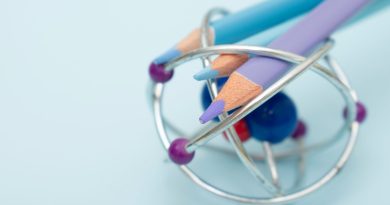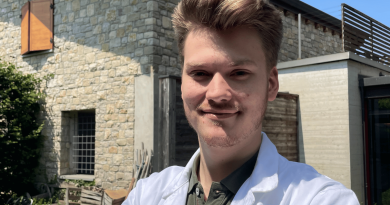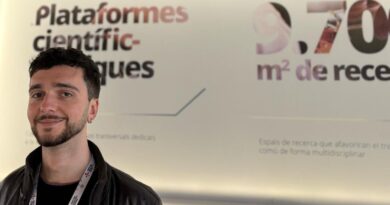Lab Experience at the at the Laboratory BIOMETRA, Lita Segrate – Marco Balconi
Personal reflections 1st lab rotation
Marco Balconi, Virgilio 7° Cohort Student, UNIMI
I got the opportunity to do my 1st lab rotation at the Laboratory of “Servizio per la Diagnosi e Studio delle anomalie genetiche, BIOMETRA, Lita Segrate”.
PI of the laboratory: Paola Riva Tutor: Viviana Tritto
The lab focuses on the study of three particular genetic diseases: Neurofibromatosis type 1 (NF1), Neurofibromatosis type 2 (NF2) and Noonan Syndrome (NS). In particular the lab aims to clarify the phenotypic differences between different types of mutations causing the same disease (NF1, NF2 or NS). These studies could help us understand the mechanisms behind these diseases and develop more specific therapies for them.
My experience and learnings:
During my 4-week lab rotation I had the opportunity to learn the theory about these diseases and also become familiar with the most important lab techniques that are fundamental to carry out the research project. At first I studied how these diseases express themselves in the phenotype by reading literature and articles. My tutor also explained to me what we were going to do in the following weeks regarding the reseach project. After acquiring a better understanding of the theoretical background, we moved on to the experimental part.
Regarding NF1, we cultured cells and performed an immunofluorescence assay. During the lab I learnt how to culture and maintain cell lines and I also became familiar with the immunofluorescence protocol which turned out to be harder than I thought at first. Then for NF2 the focus was different, we studied the cells from a different point of view. I learnt how to perform and analyze a PCR and real-time PCR, two different techniques that are fundamental to study the DNA of the cell. I also studied the epigenetic background of the cell and how to do a gel electrophoresis. These techniques were all fundamental for the research project regarding NF2 and this allowed me to understand how they contribuite to scientific investigation in general. During the lab rotation I also learnt to analyze and store data we obtained during the experiments by using Excel spreadsheets. At first it was difficult to navigate through the numerous data files but then I became familiar with them. For the Noonan Syndrome part the experiments were similar to the NF1 so I had the possibility to consolidate the theory and practice I learnt during the first part. I also learnt how cells may be frozen in liquid nitrogen and how to thaw them (it was fun working with liquid nitrogen). For the last part I’m going to explain a specific technique which I carried out by myself and with the help of my tutor: the karyotype. Starting from a blood test we studied the chromosomes of the cells by treating them with particular substances and observing them under the microscope. During my lab rotation I also studied both pathological and physiological karyotypes and learnt the differences between each chromosome.
To conclude, this lab rotation helped me a lot, not only beacuse I learnt lots of theory and techniques but also because I met people who work everyday in the research field. I understood better how working in research is and what are the negative and positive values of this job. I think that having this special experience will help me a lot in the future. I will bring the advice and mistakes I made with myself.
I would like to thank all the people who helped me in this experience
Marco Balconi
